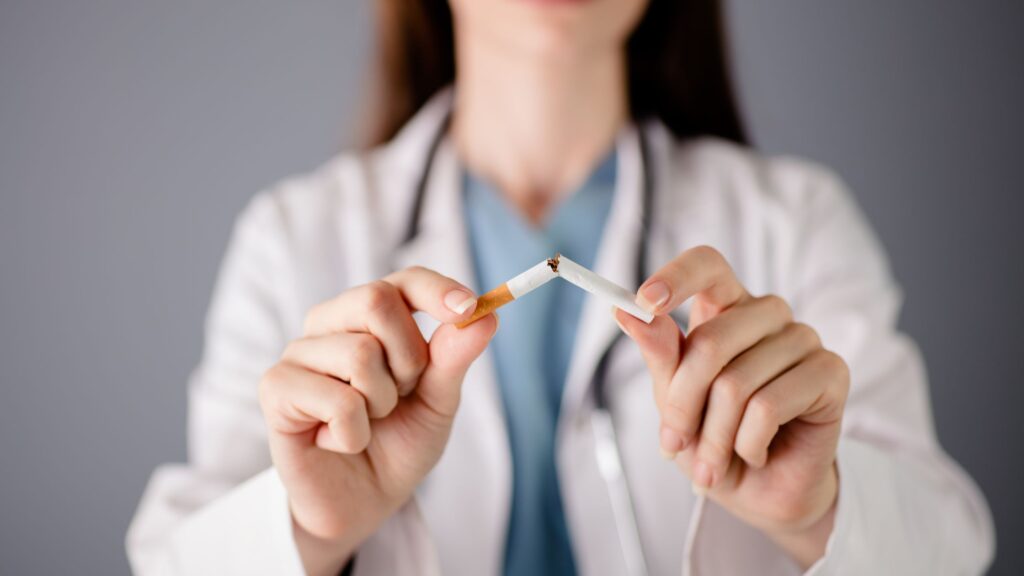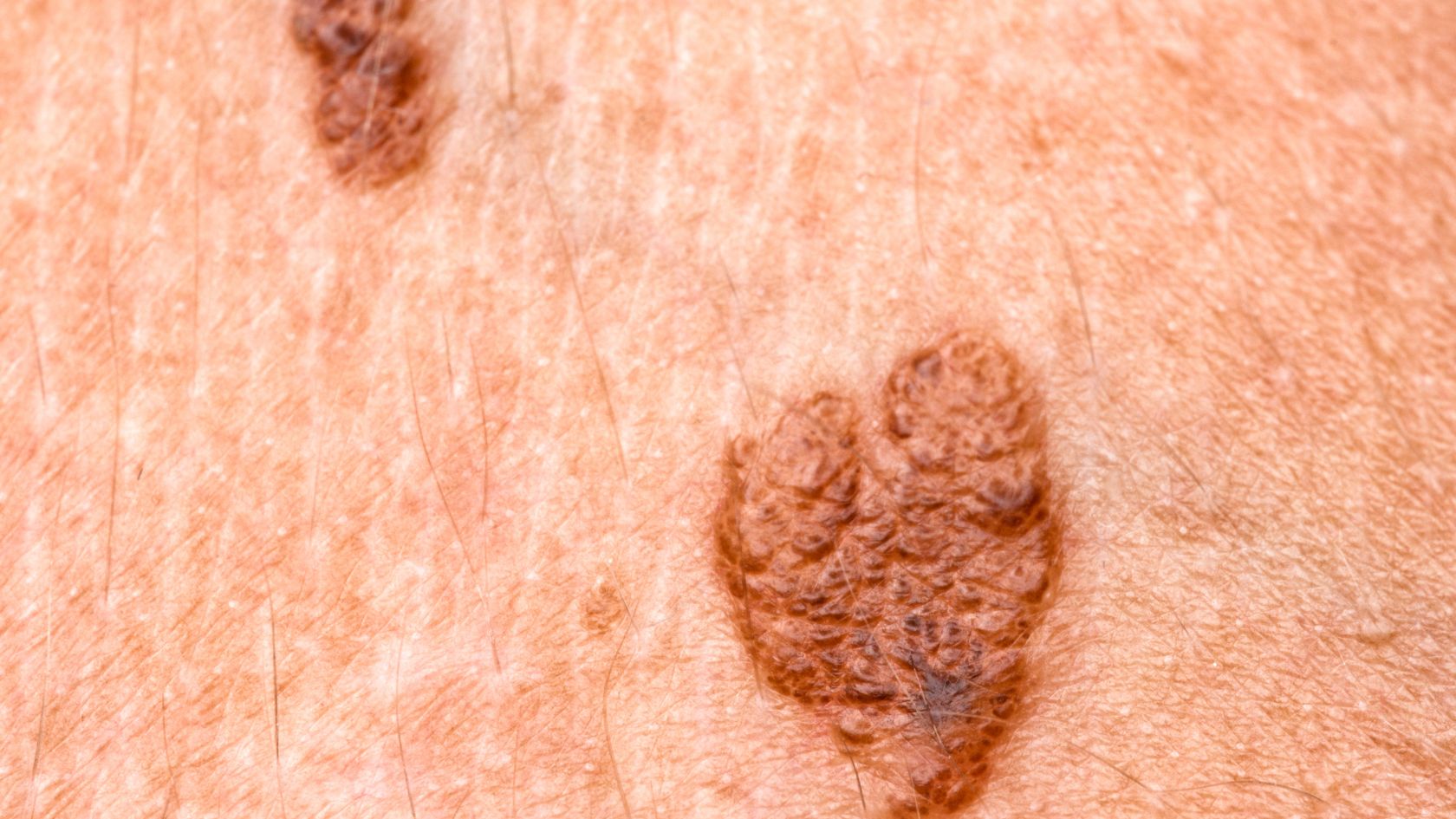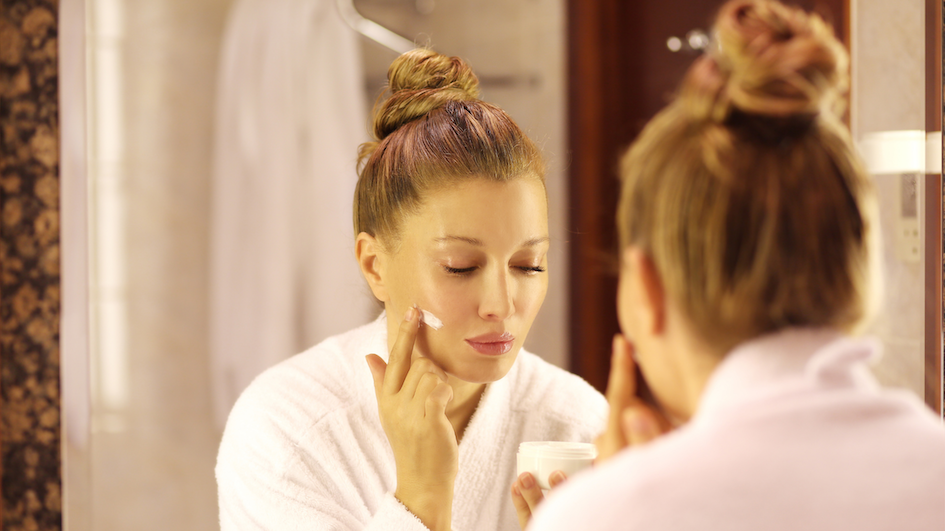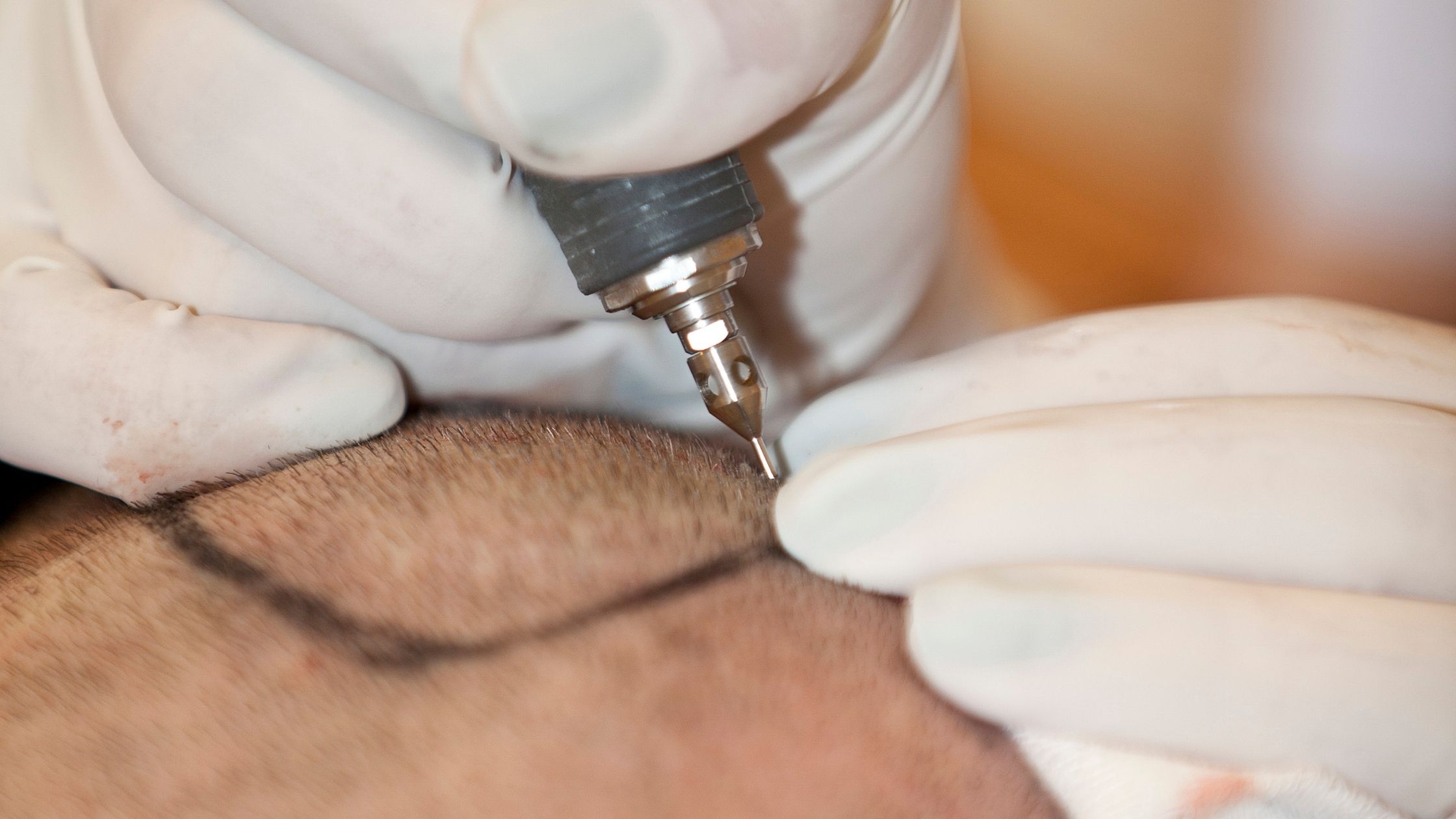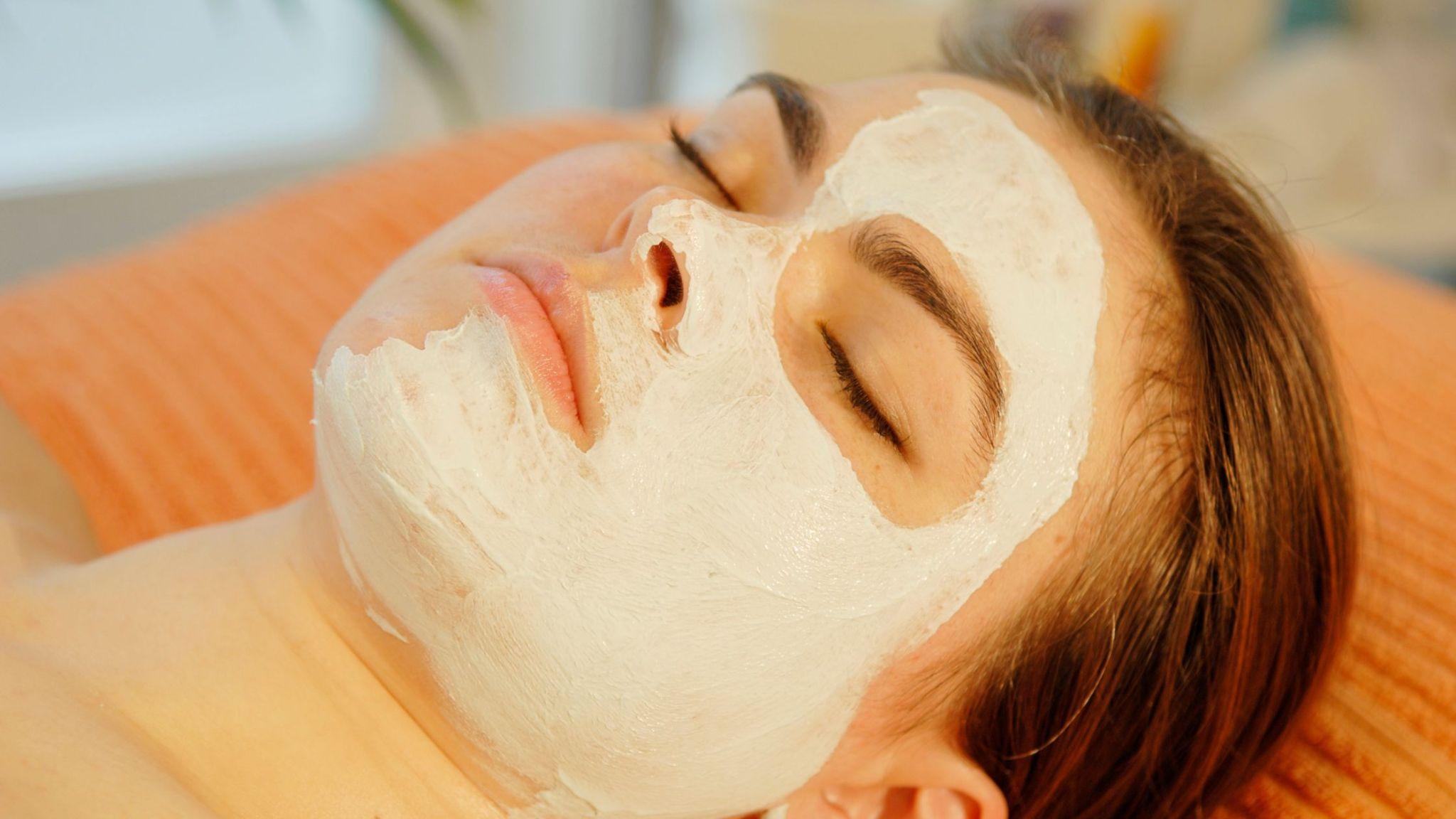10 Ways how smoking affects your skin
Smoking, an addiction continues to plague individuals around the globe. It not only poses severe threats to overall health but also wreaks havoc on the skin. Here are 10 ways in which smoking impacts your skin negatively –
1) Skin Aging
When you smoke, the nicotine present in the cigarette is easily absorbed into the skin, respiratory tract, and mucosa. This absorbed nicotine promotes apoptosis or cell death, which negatively impacts the skin barrier. A non-smoker’s skin barrier is usually strong to maintain healthy-looking skin and prevent premature skin aging. Vitamin D also plays a key role in maintaining a strong skin barrier and aids in the repair of tissues. However, it has been found that smokers have less Vitamin D circulating in their bodies.
Nicotine is known to negatively modify the functions and structure of the fibroblasts which contain the collagen proteins. This affects skin firmness, skin tightness, and delays wound healing.
Blood circulation is also important to have good and young-looking skin, but smoking narrows the blood vessels and reduces the flow of oxygen and nutrients to the skin. This results in premature aging.
2) Pigmentation
Melanocyte formation in the skin is amplified by smoking. The formation of melanocytes leads to dark spots and age spots in the skin. Due to the restricted blood flow to the skin, this part of the skin is deprived of nutrients and oxygen. As you would have noticed, the skin of smokers tends to be dull with a bluish or gray appearance. In several cases, it ends up causing skin pigmentation.
Frequent exposure to cigarette smoke can amplify oxidative stress and quicken the appearance of age-related skin pigmentation issues. Smoking also increases the production of melanin in the skin, which leads to dark spots.
3) Infections
Our body has millions of immune cells that play a vital role in keeping our skin healthy. These immune cells prevent infection and help in rebuilding the tissues. Smoking limits the body’s innate immunity and compresses the activity of macrophages (a vital component in the immune system). It also promotes dysregulation. All of these lead to excessive inflammation and tissue damage.
Smoking not only increases the risk of infections but also worsens the progression of many infectious diseases. According to research, adults who smoke have a high risk of pneumococcal disease. Both present and past smokers also have high levels of human papillomavirus and are at great risk of genital chlamydia and trichomoniasis.
4) Psoriasis
Psoriasis is an inflammatory skin condition that forms scaly and itchy patches. For people with dark skin tones, it might appear dark brown or violet with gray scales, whereas, for people with light skin tones, it would appear pinkish or reddish with silvery scales. A major risk factor for developing this issue is smoking.
The clear link between cigarettes and psoriasis is nicotine. Poor skin cell growth, weak immune system, and constant skin inflammation all contribute to psoriasis and we already know that nicotine is one of the factors responsible for these conditions.
Smokers are also prone to palmoplantar pustulosis. It is a recurrent inflammatory disorder like psoriasis. In this condition, painful blisters tend to form on the feet and hands.
5) Palmar Telangiectasia
Telangiectasia, also known as spider veins, is a condition that is caused due to the widening or dilation of the blood vessels. This condition causes heavy damage to the capillary wall and is quite noticeable when it is formed close to the surface of the skin. It usually looks like permanent traces of veins or purple blotches on the skin’s surface. It is frequently found on the palms of smokers indicating that there is a connection between the two.
6) Wrinkles
Smoking is a key risk factor for the formation of wrinkles. It particularly affects the middle and lower portion of the face. Many facial features in this region are altered due to smoking-induced wrinkles such as eyelid skin, nasolabial folds, forehead, and upper lips. For instance, the skin in nasolabial folds gets thicker and denser in smokers. Similarly, the squinting of eyes and pursing of lips during inhalation of smoke contribute to wrinkle formation around the eye and mouth areas. In a visual survey, participants found non-smokers to be more attractive than smokers based on their appearance.
7) Healing of wounds
The healing of wounds is generally delayed by smoking as it leads to an increased risk of infection, slower transfer of keratinocytes, flap failure, slow production of new blood vessels, and risk of gangrene formation.
While undergoing a medical procedure, doctors often ask smokers to stop smoking a few days or weeks ahead of the procedure. This is attributed to the cigarette’s effects on the healing process. Post-surgery scars are more prominent in smokers than non-smokers.
8) Vasculitis
Vasculitis is an autoimmune disease, where the blood vessels shrink and get inflamed, making it very difficult for the body to deliver blood to the heart, brain, and other organs. Smoking puts you at higher risk for Beurger’s disease, a type of vasculitis. The symptoms of Buerger’s disease include:
- Tissue damage or tissue decay
- Blue, pale, or reddish fingers or toes
- Painful sores on toes or fingers
Apart from this, you might also experience pain in your hands, ankles, legs, or feet. Unfortunately, there is no cure for Beurger’s disease, but there are medications or surgery that can help you manage the condition.
Smoking is also associated with another vasculitis called antineutrophil cytoplasmic antibody-associated vasculitis (AAV). A study has found that people with AAV are mostly smokers or former smokers.
9) Skin Cancer
Smokers have a higher risk of developing a type of skin cancer called squamous cell carcinoma. Symptoms include scaly or rough patches, open sores, wart-like growths, or lumps on your skin. These growth would look red in color for people with light skin tones, and brown for people with dark skin tones. Do look out for some irregular textures on your skin to catch this condition early.
10) Alopecia
Smoking excessively also results in hair loss. Males who smoke multiple cigarettes in a day often develop moderate to severe androgenic alopecia. The hair loss could be caused due to several smoking-induced factors like blood vessel constriction, enhanced effects of aging and hormones, DNA damage, and free radical damage to hair follicles.
Other ways in which smoking affects your skin
Here are a few other skin conditions caused by smoking or exposure to smoke:
- Sagging skin
- Eczema
- Acne
- Lupus
- Polymorphic light eruption
- Palmoplantar pustulosis
What happens to your skin when you stop smoking?
Here are a few positive things you will notice when you stop smoking –
- You will see a reduction in age spots and redness within a month.
- You will also notice your skin color changing back to its natural color within 4-12 weeks of stopping smoking.
- It will reduce the signs of skin aging. A study found that an average of 13 years is added to a person’s biological age after quitting smoking.
- The body will restore the production of collagen, leading to many visible changes including smoother and brighter skin.
Conclusion
And that’s everything you need to know about how smoking affects your skin. There’s no doubt that smoking has a detrimental effect on your skin. So it is essential to quit smoking and take all the other necessary measures to protect your skin and overall health. Adequate skincare, a healthy diet, and supplements can aid in restoring your skin health and maintaining its youthfulness after you stop smoking.
